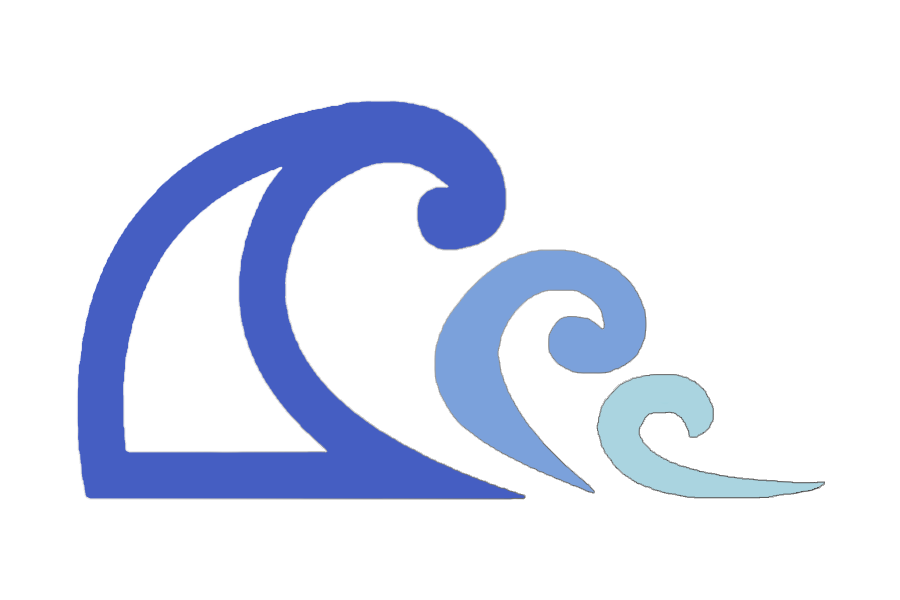Island Beach State Park provides the perfect outdoor setting to enhance classroom-based learning!
Barrier Island Ecology
Throughout the field trip, scientific process and inquiry skills are promoted and reinforced as students learn about organisms, habitats, communities, and ecosystems, as well as the environmental factors that influence them.
Part #1- Seining: The first part of the field trips is spent at the edge of the Barnegat Bay exploring the shallow intertidal zone using a sein net. Depending on the grade level of the group, students may wear waders and “Go Seining!” with the naturalist. All specimens caught are put into a pool for students to observe. Along the way, the naturalists may discuss different topics including: salinity, eelgrass and its role, plant/animal species identification, shellfish communities, species diversity, ecology of the salt marsh, and the importance of the salt marsh to humans and the Barnegat Bay.
Part #2 - Beach Walk: The second part of the trip starts with a hike through the maritime forest, thicket, secondary dune and primary dune communities, ending on the pristine barrier island beaches of IBSP. On the beach, there is a diversity of shells, and our naturalists have fascinating facts about the lives of the animals which made them. Other topics such as sand dune function, shorebirds, beach ecology, and plastic pollution may be discussed.



